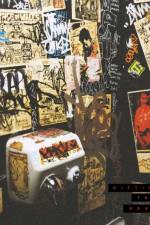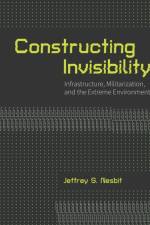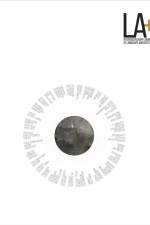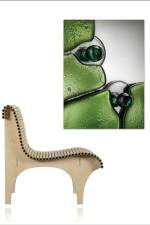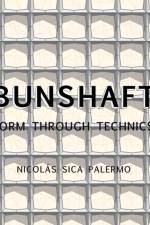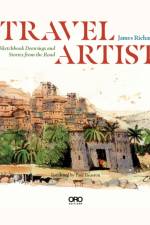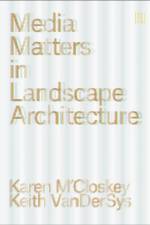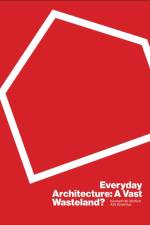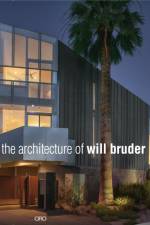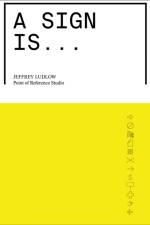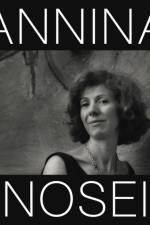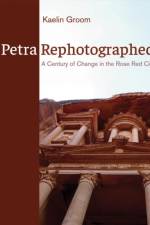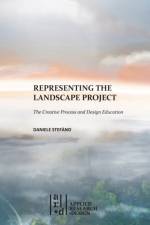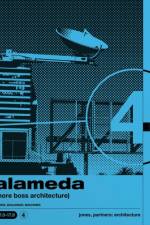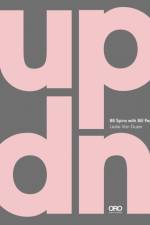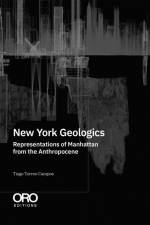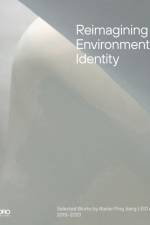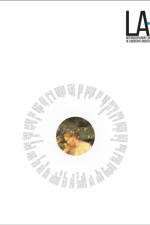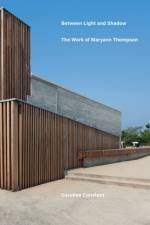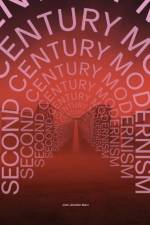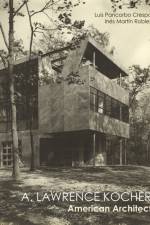251
Ever more technologies are being created to sense our environment, and much is being learned about how animals and plants sense theirs. We often think of these tools as extending our capacity for sensing what is not available through natural human perception. But what is "natural" about human perception? Not as much as was once believed, it turns out. Many of the contributors to LA+ SENSE consider how our senses have become naturalized, and our bodies and experiences standardized. Topics also include sense and surveillance, sense of place, and whether we can even trust our senses. Edited by Karen M'Closkey, contributors include Elena Abbiatici, Sarah Coleman, Tim Cresswell Lisa Yin Han, Ai Hisano, David Howes, Mark Kingwell, Jia Hui Lee, Gascia Ouzounian, Kris Paulsen, Sally Pusede, Erin Putalik, Douglas Robb, Chris Salter, Alexa Vaughn, Alexa Weik von Mossner, and Mark Peter Wright.


